Now that summer is here, people are racing to the stores to purchase sunscreen in hopes that it will prevent them from getting skin cancer. But what if the very products they’re applying to their skin are the ones causing cancer?
The Environmental Working Group (EWG) recently released their new report on the most dangerous sunscreen brands of 2018. These brands were warned as particularly toxic for children.
The 2018 report released by the EWG found that nearly 67 percent of sunscreens didn’t work – meaning they didn’t provide enough sun protection and/or they contained harmful ingredients. What’s worse is that the sunscreens sold in the U.S. that the EWG analyzed are not available for purchase in Europe due to inadequate protection against UVA rays.
Chemicals in Sunscreen
While sunscreen use continues to increase every year, the information about their safety more or less remains the same. We’re fed the idea that in order to prevent skin cancer, we need sunscreen. And while this is true to a certain extent, many people don’t realize that not all sunscreens are created equal. In fact, many sunscreens are more harmful than helpful, and here’s why.
Sunscreen has the ability to protect the skin from sun damage by using a mineral or chemical barrier.
As you might have already guessed, the natural sunscreen brands use a mineral barrier. The more conventional sunscreen brands like Coppertone and Banana Boat use chemical barriers.
Mineral-based sunscreens use ingredients like zinc oxide or titanium dioxide, which create physical barriers to protect the skin from the sun.
Chemical-based sunscreens, on the other hand, use chemicals like oxybenzone, avobenzone, octisalate, octocrylene, homosalate and/or octinoxate. These chemical barriers have the unfortunate effect of being able to by-pass our skin and enter our bloodstream.
The 2018 report released by the EWG revealed that many of the chemicals used in conventional sunscreens are endocrine disruptors, estrogenic and may interfere with thyroid and other hormone processes in the body.
The most common chemical used in sunscreen is oxybenzone. The Centers for Disease Control and Prevention (CDC) found that over 96% of the population has oxybenzone circulating in their blood (1). This is especially alarming given oxybenzone is a major hormone disruptor, which can reduce sperm counts in men and may contribute to endometriosis in women (2).
And that’s not all. Out of the 1,400+ sunscreens that were tested by the EWG, only 5% met their safety standards, with over 40% listed as contributors to skin cancer.
Philippe Autier, a scientist formerly with the World Health Organization’s International Agency for Research on Cancer, conducted numerous studies on those who sunbathe and use high-SPF products. He believes that high-SPF products spur “profound changes in sun behavior,” which may account for the increased melanoma risk found in some studies (3).
Sunscreens also use a derivative of Vitamin A called retinyl palmitate. This compound has been shown to speed up the growth of cancerous cells by 21% (4). Furthermore, the FDA has known about the dangers of vitamin A in sunscreens since they ordered a study over 10 years ago – yet the public hasn’t been alerted.
“Retinyl palmitate was selected by (FDA’s) Center for Food Safety and Applied Nutrition for photo-toxicity and photocarcinogenicity testing based on the increasingly widespread use of this compound in cosmetic retail products for use on sun-exposed skin,” said an October 2000 report by the National Toxicology Program.
Spray sunscreens are even more dangerous, as they have the risk of being inhaled. Consumer Reports warn that spray sunscreens should not be used on children, and that adults should never use them on their face, or inhale them.
10 Most Dangerous Sunscreen Brands of 2018
The EWG’s most recent report listed Neutrogena as the #1 sunscreen brand to avoid, as it contains high levels of oxybenzone and other hormone-disrupting chemicals. They also make misleading claims about their SPF levels – so it’s best to avoid this brand at all costs.
Neutrogena isn’t the only sunscreen brand that should be avoided. Below are the top 10 most dangerous sunscreen brands of 2018, as determined by EWG’s most recent report. While a majority of these are targeted for children, I personally would not recommend using any conventional sunscreen brand, and instead, opt for mineral-based sunscreens.
1. Panama Jack Sport Sunscreen Lotion, SPF 85
2. Up & Up Sport Sunscreen Lotion, SPF 50
3. Banana Boat Kids Continuous Spray Sunscreen, SPF 100
4. Banana Boat Kids Sunscreen Lotion, SPF 100
5. Neutrogena Pure & Free Baby Sunscreen, SPF 60+
6. Neutrogena Wet Skin Kids Sunscreen Spray, SPF 70+
7. Equate Baby Sunscreen Lotion, SPF 70
8. Coppertone Kids Sunscreen Continuous AccuSpray, SPF 70
9. Coppertone Water Babies Sunscreen Stick, SPF 55
10. Coppertone Water Babies Foaming Lotion Sunscreen, SPF 70
Safer Options: Mineral Sunscreens
Mineral sunscreens are a safer option, but only if you pay close attention to the ingredients. As with most companies claiming to be “natural,” that doesn’t always means the ingredients are exactly that. In fact, some mineral sunscreens contain the same harmful ingredients found in conventional sunscreens like Coppertone and Neutrogena.
Another thing to look out for is whether the zinc oxide or titanium oxide are non-nano or nano. If nano particles of these ingredients are used, they can enter the body and carry certain risks. Thankfully, a good majority of companies have caught onto this, and now offer non-nano zinc oxide and non-nano titanium oxide.
There is also the option of making your own homemade sunscreen, which you can find the recipe for here.
If you’d rather not make your own sunscreen – don’t fret! There are many companies out there that produce safe-to-use sunscreens. I personally use Raw Elements Sunscreen. It is organic, raw, reef safe, and uses ingredients that are totally safe to put on your body. And coming from me (the girl who is incredibly anti-chemical), you can be rest assured your body is safe with this sunscreen.
Here is a list of sunscreens that are listed as safe by EWG:
– Alba Botanical Mineral Sunscreen
– Badger Mineral Sunscreen
– Babyganics Sunscreen
– All Terrain KidSport SPF30 Oxybenzone-Free Natural Sunscreen
– Blue Lizard Australian Sunscreen
– California Baby Hypoallergenic Sunscreen
– JASON Mineral Sunscreen
– Naked Turtle Mineral Sunscreen with Aloe
– Sunology Natural Sunscreen
– Raw Elements Sunscreen
– The Honest Company Sunscreen
– Thinkbaby Safe Sunscreen

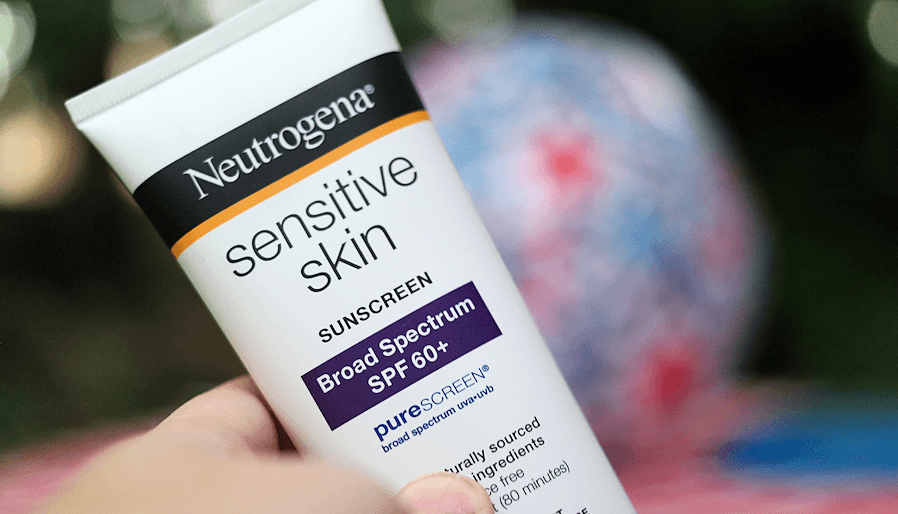

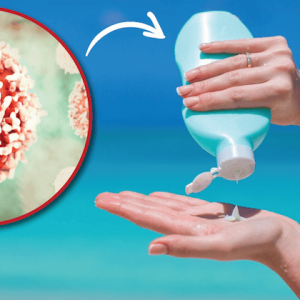

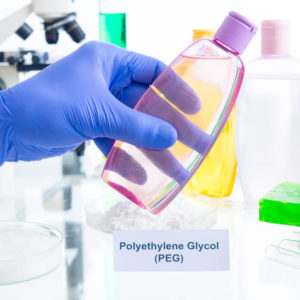

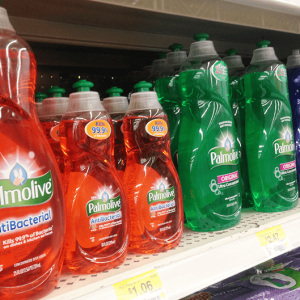
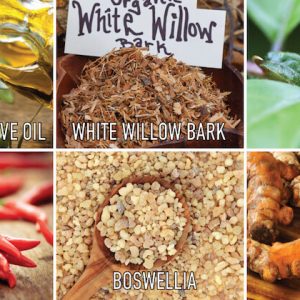
Very interested to know your opinion of The Ordinary
Mineral UV Filters SPF30 with Antioxidants. It seems to check all the boxes . I have just pitched my Neutrogena
samples in the bin!
Your article was very informative.Thanks
Hey Jennifer! The ingredient list looks pretty hefty (see below). I’d stick with the recommendations I put at the end of this article.
Aqua (Water), Cyclopentasiloxane, Zinc Oxide, Titanium Dioxide, PEG-10 Dimethicone, Glycerin, Helianthus Annuus Seed Oil, PEG-9 Polydimethylsiloxyethyl Dimethicone, Hexyl Laurate, Polyglyceryl-4 Isostearate, Caprylic/Capric Triglyceride, Dimethicone/PEG-10/15 Crosspolymer, Astaxanthin, Disodium Uridine Phosphate, Ethyl Ferulate, Rosmarinus Officinalis Leaf Extract, Tasmannia Lanceolata Fruit/Leaf Extract, Haematococcus Pluvialis Extract, Picea Mariana Bark Extract, Arginine, Aspartic Acid, Glycine, Alanine, Serine, Valine, Isoleucine, Proline, Threonine, Histidine, Phenylalanine, Sodium PCA, PCA, Sodium Lactate, Glucose, Maltose, Fructose, Trehalose, Urea, Allantoin, Sodium Hyaluronate, Linoleic Acid, Oleic Acid, Phytosteryl Canola Glycerides, Palmitic Acid, Stearic Acid, Isochrysis Galbana Extract, Lysolecithin, Lecithin, Triolein, Pentylene Glycol, Dipropylene Glycol, Polyglyceryl-10 Oleate, Polyglyceryl-5 Trioleate, Polyglyceryl-10 Stearate, Tocopherol, Alumina, Citric Acid, Trisodium Ethylenediamine Disuccinate, Sodium Chloride, Sodium Hydroxide, Phenoxyethanol, Chlorphenesin.
Thanks for looking.
Wow. The comment before looks like she is disagreeing with your article “Y’ALL. SUNSCREEN AFFECTS OUR HORMONES?!?!?! WTF.” But I went to her blog and she is actually quoting you and supporting your article, which is cool.
I had no idea about any of this. Thank you for such an eye-opening article. What I appreciated the most, though, was your article on chronic inflammation. I checked off every single symptom; something for which I have spent the past two years trying to figure out the source. I really hope you might just have given me the answer, because I am pretty much out of hope at this point. I just don’t have the energy to do this anymore. If this is the answer to what is wrong, though, and things might get better, I can hang in; and I will literally owe you my life for opening my eyes. And, apparently, the eyes of nine dermatologists, three infectious disease specialists, three urgent care doctors, and fourteen GPs.
Thank you.
Kg
It’s crazy what inflammation can do! I’m glad the information on my website has brought you some relief 🙂